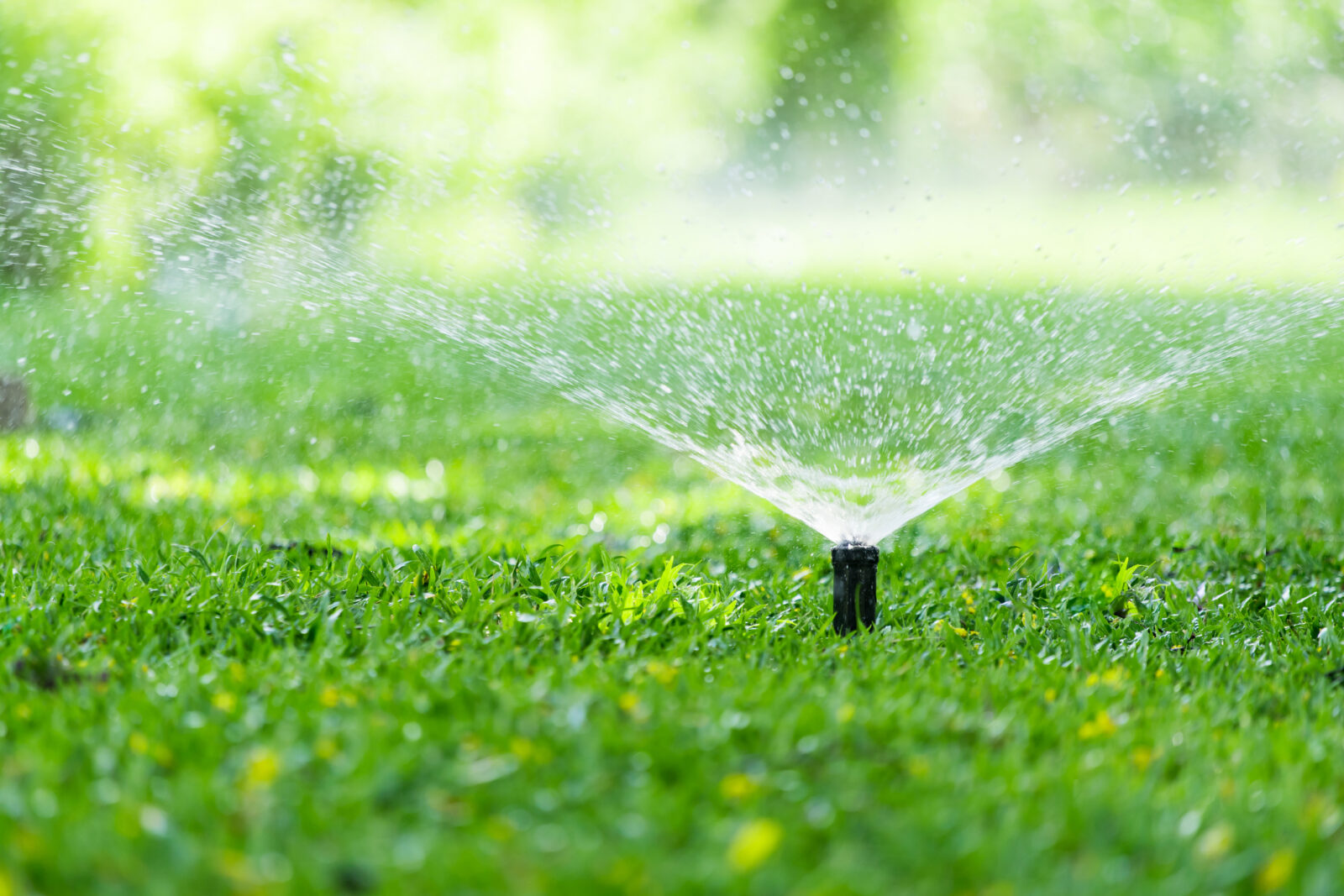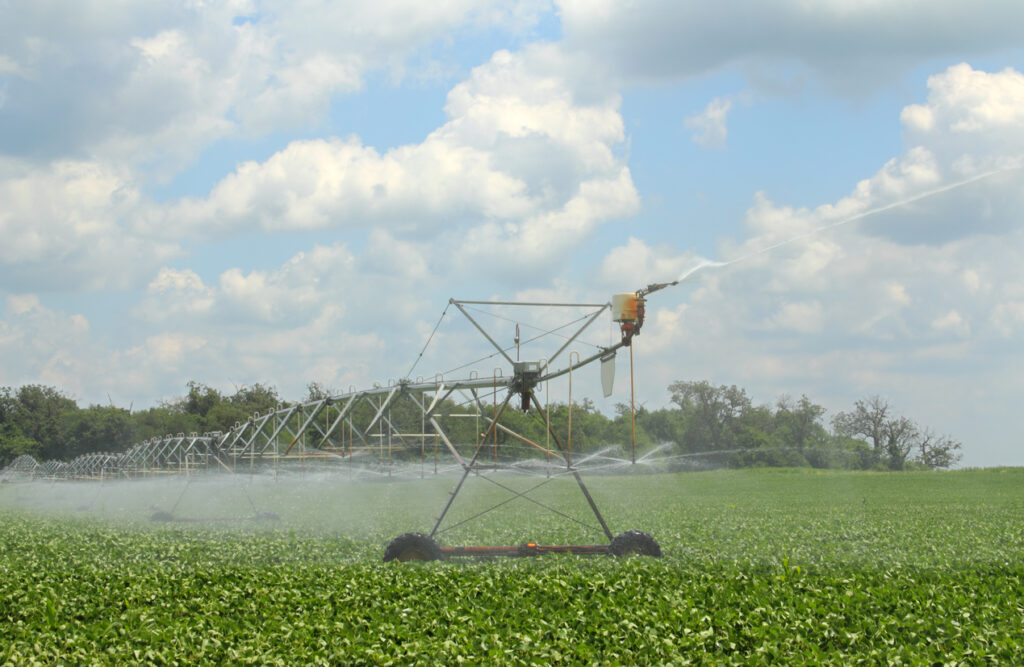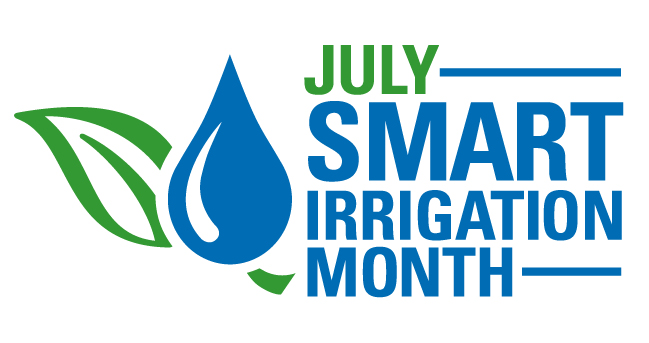Sustainable Irrigation is Smart Irrigation
 July 13, 2021
July 13, 2021July is Smart Irrigation Month — a time to consider the social, economic and environmental benefits of efficient irrigation at home and on the farm.
It’s no secret that irrigation systems can waste a lot of water. Whether it’s a simple lawn sprinkler or a more complicated device used to water large crops, leaky and improperly adjusted irrigation systems squander billions of gallons of water each year nationwide.
By installing new “smart” irrigation technology, and ensuring older systems are properly adjusted, you can save both water and money.
Less Water = More Savings

Efficient irrigation reduces the worst environmental impacts of overwatering. By irrigating only enough to reach the root zones of crops, excess water doesn’t run off into nearby streams. Runoff leaches crop nutrients and chemicals into freshwater sources and contaminates critical habitats.
Besides saving water and increasing yield, farmers can also save on pumping energy costs and wear and tear on their irrigation systems. And the higher yield and crop quality will contribute to increased profitability.
Homeowners can benefit, too. A smart irrigation system will trim your water bill by running only when your lawn or garden needs it — not 7 days a week, rain or shine.
Smart Irrigation Tips

Here are 10 tips to help you save water — and money :
- Don’t turn on irrigation systems during the afternoon. When the sun is beating down, a large percentage of the water evaporates before it can soak into the soil. Irrigating your lawn, garden or fields at night or early in the morning makes more sense.
- Program timers for more infrequent use. Run the sprinklers for shorter intervals, and run them only at night or early in the morning.
- Better yet, don’t automatically water every day. Instead, check the soil 2 inches down first. If it feels moist, the roots have access to all the water they need.
- Adjust sprinkler heads for maximum effect. Spraying sidewalks, macadam or the side of your house isn’t going to help your plants.
- Install a weather-based controller. These controllers adjust the irrigation schedule based on local weather conditions. There is a wide range of products in this category with various weather inputs and landscape-specific adjustment factors. These controllers self-adjust and require very little intervention when programmed correctly.
- Install a sensor-based controller. These controllers rely on soil moisture sensors placed below ground in the root zones of the landscape to determine if and for how long to water. Systems with a sensor-based controller can be scheduled to run based on soil moisture and the specific water needs of your landscape.
- Install rain/freeze sensors. Irrigating in rain and freezing conditions needlessly wastes water and can damage your landscape. Rain sensors prevent irrigation systems from running during rainy conditions. Rain/freeze sensors add the ability to stop irrigation when temperatures approach freezing to prevent damage to the plants. These devices can reduce overall water usage and help extend irrigation system life.
- Replace turf with shrubs or groundcovers. Plants that have deeper roots than water-needy grass mean less frequent irrigation. Make sure to use mulch around your plants; this will help retain moisture and eliminate the need for frequent watering.
- Install rain barrels to catch runoff from your roof. Use the collected water later on when your plants need a drink.
- Check outdoor spigots and irrigation systems for costly leaks. Keep an eye on your water meter, because spikes in usage can signal an unseen leak.